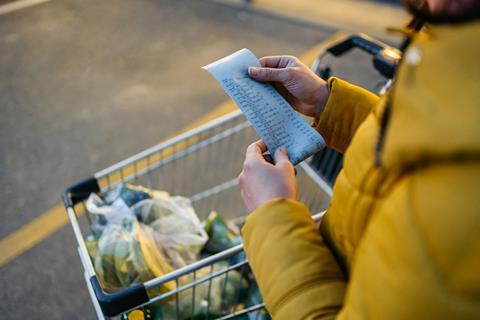
Volumes at supermarkets have remained under pressure as growth at the tills continues to be driven by rising food prices, new data showed this morning.
Total till sales at grocers grew by 4.1% in the four weeks ended 6 September, up from 3.7% in August as the summer holidays come to an end and shopper focus shifts to back-to-school items and Christmas preparations, NIQ reported.
However, NIQ noted inflation matched growth at 4.1% and unit sales sank –0.2% in the period.
It comes as the Office for National Statistics this morning revealed food inflation hit 5.1% in August, its highest mark since January 2024, and follows warnings by the FDF that it could hit 6% by Christmas.
NIQ said retailers were still reluctant to pass on the full cost of business or supply chain pressures to under-pressure consumers as demand remained “transient and relatively weak”.
As a result, sales of items purchased under promotions increased slightly to 23.5% of sales, with shoppers leaning on loyalty card discounts to secure the best deals.
Visits to stores continued to increase (+4.8%), while online shopping occasions also grew (+1.9%), reflecting the ongoing ‘little and more often’ shopping behaviour across both in-store and online grocery channels.
In terms of retailer performance, Lidl (+11.4%) and Ocado (+14.3%) continued to lead growth, with Marks & Spencer also growing (+8.5%). In the past four weeks, one in four shoppers visited Marks & Spencer, an 11.9% growth on last year, enticed by the new seasonal food ranges, new store openings and social media engagement.
Sainsbury’s (+5.6%) and Tesco (+5.0%) also both gained market share, with Waitrose (+4.6%) maintaining momentum throughout the summer. Morrisons managed growth of 1.1% but Asda slumped 3.2%.
“Following the hottest summer on record, which encouraged spending and sustained food and drink sales, the industry now faces the challenge of navigating higher inflation,” said Mike Watkins, NIQ head of retailer and business insight.
“One in three households currently identify the cost of living as their top concern, up from 22% in March, while nearly two-thirds of shoppers report being moderately or severely affected by rising costs, compared with 56% a few months ago. As households switch their heating back on and prepare for additional spending ahead of Christmas, most consumers anticipate that financial pressures are set to increase further.”
With 75% of households saying it’s important or very important to actively save money on their grocery bills, the build towards Christmas could be slower than previous years, NIQ predicted.
“Looking ahead, with many shoppers unable, unwilling, or reluctant to spend freely, if food inflation reaches 5% or more by the end of the year, this could limit some of the volume increases typically seen during the golden quarter,” Watkins added.
“So for retailers, three key challenges lie ahead: securing sales growth in the face of rising inflation to drive volume, encouraging ‘trading up’ across different shopping missions, and ensuring media messages and forthcoming advertising campaigns resonate with increasingly price-sensitive consumers.”
Meat, fish, and poultry all saw a strong increase in August, with total sales up 9.2% and units rising 1.6%. Soft drinks also performed well, with sales up 10.6% and units purchased up 4.4%, supported by the sunny weather at the end of August. In addition, health, beauty and toiletries saw sales rise 6.2% with the number of items also up 1.5%.


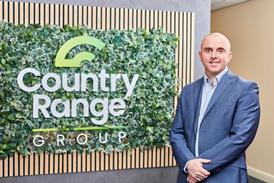
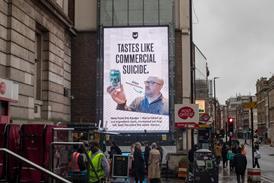
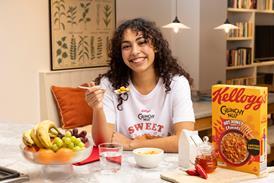
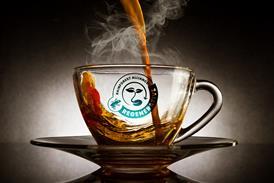

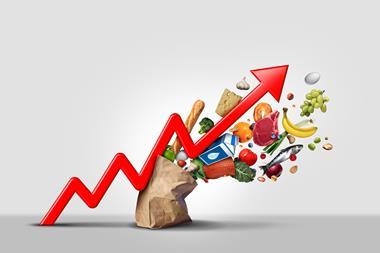
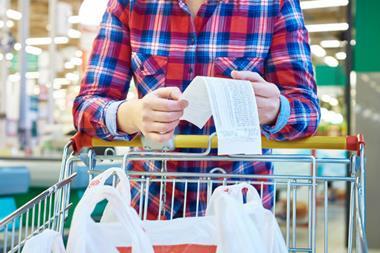


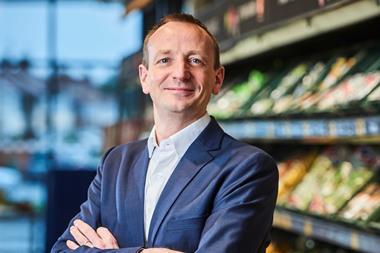
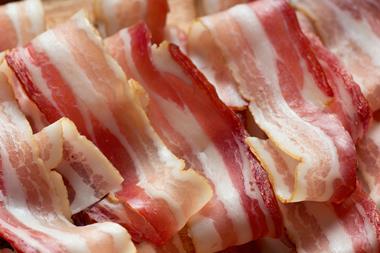

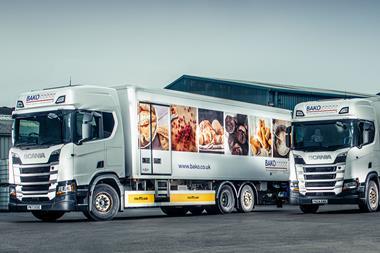
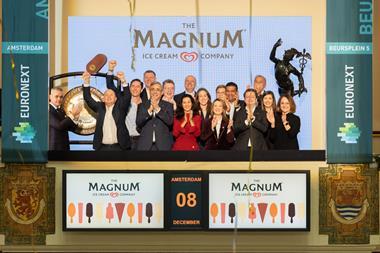
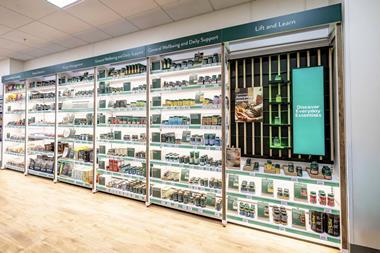

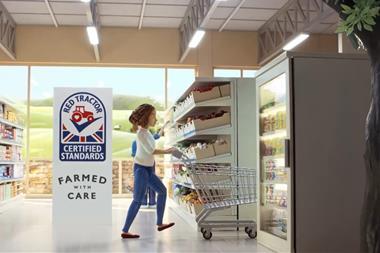
No comments yet